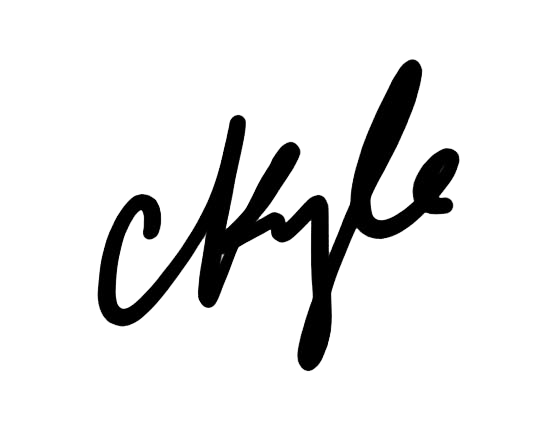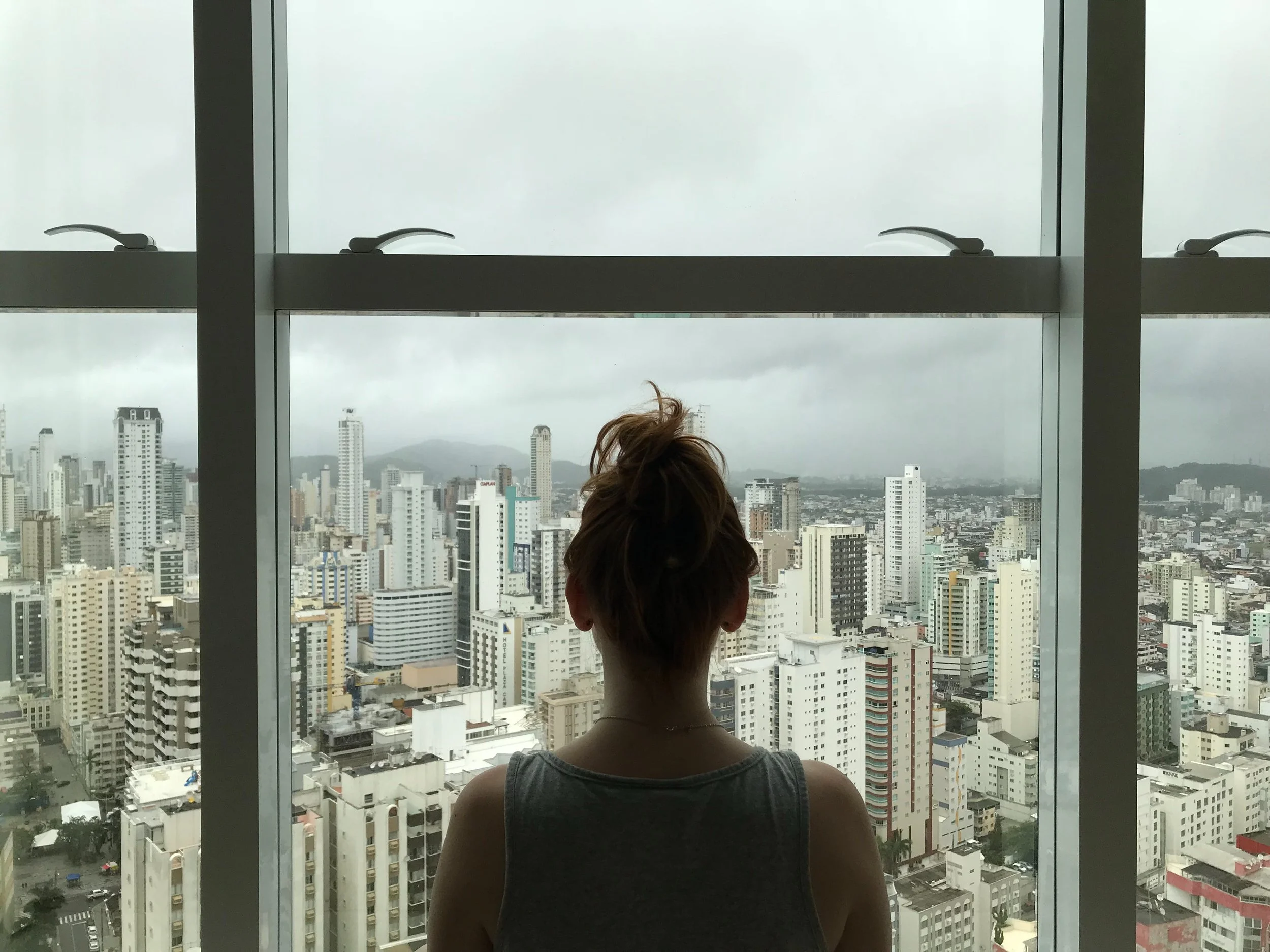Divergent thinking
As a creative professional, the concept of divergence and convergence come up often when discussing the creative design process. Divergence is what we do when we brainstorm and are seeking new ideas in order to generate multiple solutions to a problem. Convergence is the process of deducing down a single solution to a problem.
The idea of divergent and convergent thinking was first introduced by psychologist J. P. Guilford (1897-1987). In the early and mid 1900s, psychologists and researchers were all trying to define and rank intelligence using a single factor (then known as “general intelligence factor”). But Guilford took note of the individual differences in people and their personalities, and knew that the factors of intelligence were complex and multi-dimensional. He took a more qualitative view of the subject, and sought ways to understand the diversity of human intelliegence.
Guildford introduced the concept of divergent thinking after observing how creative people tend to exhibit this quality of expansive thinking. He attributed creative thinking the following characteristics:
Fluency—the ability to produce a great number of ideas or problem solutions in a short period of time
Flexibility—the ability to simultaneously propose a variety of approaches to a specific problem
Originality—the ability to produce new, original ideas
Elaboration—the ability to systematize and organize the details of an idea in ones head and carry it out*
From the New World Encyclopedia, learn more about J.P. Guilford here.
Often when faced with a problem, we try and find a direct path to a solution—this is convergent thinking. Divergent thinking is more meandering, it saunters up and down multiple paths to seek out all viable options.
While this type of thinking was exhibited more-so in creative people, it doesn’t mean that it is an innate trait only available to a blessed few—but rather it is a quality that we all have. And like a muscle, it can be trained and activated with a few simple exercises.
How I use divergent thinking
Every day I am faced with challenges that do not have a clear and obvious solution. Half the time, its not even that clear what the problem is. The only way I can get by in my day-to-day is to remain open minded—and often to cast a wide net when it comes to finding solutions to the problems I’m seeing.
At work we have a lot of tools and exercises for this—brainstorming and workshop recipes, methods of research and exploration that ensure we’re going broad to fully understand the problem area and to find as many potential solutions to a problem as we can before then converging on a solution that is appropriate for everyone—us, the business, our customers.
At home and in my personal life, I leverage many of the same methods to explore and solve problems or to face blank canvases day after day. Even deciding what to write this week required a little divergent exploration on my part.
Divergent thinking tips
As you approach a problem or blank canvas—here are some things you can do to increase your creative thinking.
Be open-minded
Welcome all ideas without judgment, no matter how unusual they may seem.
For me, this looks like learning, observation, and consumption of information from multiple topic areas and points of view. It also means that when I really want to dig in on a topic, I ask lots of questions—stupid questions are the best. I’ve never been shy of seeming naive, because it usually triggers someone to turn on the waterfalls of information they can give me.
People love sharing their knowledge, so if you can find time with someone passionate about the thing you’re working on—I guarantee you they will almost always divulge. It might just take a little humility on your part to ask the seemingly ‘dumb’ questions, but the upside is worth it.
Top tip: A good principle to hold is “take what serves you, leave everything else behind.” This gives you permission to take in information from sources that you might even disagree with, but you win by taking the most useful pieces of information and leaving the rest behind.
Exercise your mental models
Create frameworks to carry your ideas.
Mental models are like latticeworks you create in your mind that you can pins ideas to in order to organize and make sense of them. As mentioned above, I love nature so I have a tendency to create frameworks and analogies in my mind about things I’m learning that relate to nature or a couple of other things I’m interested in, like music or art.
A great article on mental models is Mental Models: The Best Way to Make Intelligent Decisions from the Farnum Street blog, here’s a good explainer:
If we’re only looking at the problem one way, we’ve got a blind spot. And blind spots can kill you.
Here’s another way to think about it. When a botanist looks at a forest, they may focus on the ecosystem, an environmentalist sees the impact of climate change, a forestry engineer sees the state of the tree growth, and a business person sees the value of the land. None are wrong, but neither are any of them able to describe the full scope of the forest. When they make decisions through only one lens, they miss the impact on others.
Embrace ambiguity
Creativity thrives on the unknown.
You don’t know what you don’t know, and sometimes you have to find the answers through small, iterative actions.
Imagine you’re walking in dense fog where visibility is only a few feet ahead of you. You know the path breaks off to the right at some point closeby, but you can’t see it ahead. So you take a few steps forward into the ambiguous fog to see if the path breaks or not. If not, you take a few more steps. Creativity is often like this—we arm ourselves with as much inspiration and information as we can, but in the end we still have to take an action, however small, to make progress.
Divergent Thinking Exercises
Keep journals
Make sure you have a couple of easy ways to jot down and save ideas no matter where you are or what activity you’re doing.
Honestly I find that most of my divergent ideas arrive to me while I’m walking or hiking.
This means that the vision in my head I have of sitting with a cup of coffee and a journal to capture my thoughts is a fantasy that is almost always replaced by me stopping on my route to pull out my phone and hop into my Notes app to write the thing down.
Sometimes this means using voice memo instead to say whats on my mind.
Creative ideas are precious enough that they should make you stop in your tracks to capture them, because if you don’t they might go away; remember your head isn’t made for holding onto ideas, its made for having them!
Brainstorm
Whether at work or out having coffee with a friend, brainstorming is a helpful way to generate ideas.
Encourage a friend or group of friends (or colleagues) to help you brainstorm, here’s some ‘brainstorm’ conversation starters you can use:
“I want you to help me expand my thinking around X problem, lets talk about the possibilities.”
After telling your conversation partners what you’ve been working on and what you’ve tried, open up the conversation by asking “what are my blind spots? What am I not seeing?”
If you’re approaching a problem area and lacking clarity on the exact problem, you can be more broad with your conversation partners—you might try explaining the circumstances around the problem, then state that you are interested in any insights on the things you’re sharing.
Seek out people who have solved similar problems to you, and carve out time to have conversations with them about the problem(s) you are facing.
Note that brainstorming does not have to be a formal activity with sticky notes and white boards; the main ingredient you need is a topic and other people (and their knowledge and experience). Sometimes its helpful for me to think of brainstorming as literally batting around a topic with someone or a group of people, as if we are going to play tennis with an idea!
For more formal activities, for instance if you’re needing to solve problems with a larger group of people, there are loads of resources online and some brilliant templates embedded in online whiteboard tools like Figjam, Miro and Mural.
Sprint and GameStorming are a couple of good books to get the creative juices going.
Broaden your perspective
The main point of interacting with other people is to see the problem from different angles or through the eyes of others. Brainstorming or talking to people is a great way to do this, but there are other ways to get fresh perspectives too:
Find YouTube videos of someone talking about or solving a problem that you are working on. If its a topic area that is rich with information, you’ll be able to watch a few videos to get a more rounded perspective.
Books, podcasts, audiobooks, blog posts—leverage all your media outlets for information on a topic area. Again, with this you are wanting to broaden your own perspective, so find people who are talking about the things you care about and build your mental models with what they are sharing.
Mind mapping
Create a visal of all of the thoughts you have in order to explore your idea more freely.
Mapping just means you write down labels or topics of everything in your mind.
Once you see it all laid out, its easier to draw associations and relationships between those different elements.
Creativity is like a muscle; with practice and repetition, you’ll strengthen it; I hope these tips and practices help you on your creative journey. It feels so good when you continually show up for your creative self, take action and make an impact. And the rewards are huge—not only do you win, but so do those around you. Win and help others win!
If you’ve read this far, thank you. I appreciate you being here, it means a lot.
If you enjoyed this, please share it with your friends! I’ll write again in a couple of weeks with more insights on creative living. Until, keep an open mind.
This article was originally published on Substack, any questions or comments please drop them there.







